|
One of my favorite sessions at DDW focused on pediatric IBD. This is a topic that is near and dear to my heart as members of my family have been diagnosed with IBD in childhood and I know my own children are at a greater risk. Nisha Thacker, an Accredited Practicing Dietician at Sydney Children’s Hospitals Network in Australia, presented her team’s findings, which provided some very valuable insight into pediatric IBD risk factors, but also left me with some questions. I am going to share some slides with key takeaways I gained from the presentation and share my thoughts on the findings from the perspective of a patient and a mom. A few background pieces of information that were shared prior to reviewing the findings were:
Nisha shared a diagram mapping out the influence of dietary, lifestyle, hygiene, and clinical factors and their effect on pediatric IBD risk, which I share below. Many of the factors that have a negative impact on IBD risk are commonplace in our Western society. Western diet in general is a risk factor, but there are a lot of factors that paint the picture of middle class or upper class Western life. Things like having more than one toilet in a home, urban living, and early antibiotic exposure are all contributing risk factors. On the other hand, having more siblings, being exposed to pets or cattle, and not being formula fed are all contributing factors to lower IBD risk. I thought the most telling though, was that a non-Caucasian child living in a developed country has a higher risk of developing IBD. You can’t review this information without thinking to yourself that maybe we are doing something wrong here in the West. In other cultures, there is a greater focus on holistic treatments instead of jumping straight to antibiotics. There are larger, generational households with more children. Mothers have more family and societal support postpartum, which encourages successful breastfeeding. There is less consumption of sugary or processed foods, and really a different dietary structure. Our lifestyle in the West does not bode well for avoiding the development of IBD. One of the things that really struck me about these findings was the impact that not breastfeeding has as a risk factor for IBD. I found this interesting because this is identified as a negative factor in other pediatric and maternal health outcomes. If we know that supporting a mother to breastfeed will influence pediatric outcomes then why don’t we have more support? Why do we not have adequate maternity leave to support breastfeeding mothers? Why do we not have healthcare coverage that universally provides continued lactation support? I would love to see a study on IBD rates in countries with longer maternity leave or countries with higher breastfeeding rates. This also speaks to parental support as a whole. Western culture does not champion multigenerational households like other countries and cultures do. With multigenerational households come additional people to help – whether that be in watching older children so a mother can breastfeed, preparing homemade meals for the family, or having more adults contributing to a family’s income so maybe a mother can stay home with her newborn longer. This isn’t always the case, but I think it could be worth diving into. The biggest takeaways I have as a parent are what I can do to lower the risk of IBD for my children. There are things I can’t change, like genetics or the fact that my children had to be at least partially formula fed, but there are things I can do that can make a difference.
Pet exposure is a big one that is actionable. I am working to get more information on the science behind this, but unrelated to IBD our pediatrician has mentioned the benefit of having a dog in building stronger immunity as a child. I am putting a pin in this and I hope to come back with more information. The other two easily actionable factors are diet (higher consumption of vegetables, lower consumption of sugar/candy) and antibiotic exposure. To be clear here, I believe that antibiotics are necessary in some cases and can save lives. The recommendation isn’t to never expose your child to antibiotics, it is to expose them only necessarily. The same goes for diet. This study won’t motivate me to never let my kids have cupcakes again, but it will encourage me to continue packing their diets with vegetables any chance I get. I do want to address the factors that we can’t control or we choose not to. “Mom guilt” rang in the back of my mind during this whole presentation. When I originally posted these slides on my Instagram, I received countless messages of moms freaking out. It is our nature to want to do whatever we can to protect our children, but some things truly are out of our control. I wanted to call out a few things in particular. Low socioeconomic status is an identified “protective factor” in avoiding IBD, but has many other potentially negative effects on a family. This study is viewing that data in a bubble as opposed to the whole impact of low socioeconomic status. Having more than two siblings is another “protecting factor” in IBD development. This again is something that is being looked at in a bubble. There is no recommendation to have more children for the sole purpose of protecting against IBD. The same goes for other factors such as urban living. There are some benefits in other regards when it comes to urban living. We can’t just change where we live to hopefully avoid IBD. As a mom to two little ones, there are two factors that give me a pit in my stomach. One is the risk factor of not being breastfed and the other is early life antibiotic exposure. Breastfeeding is something that is so deeply personal and challenging. Sometimes there are medical reasons (physical or mental) that prevent breastfeeding. Other times mothers are not able to breastfeed due to lack of resources or support. There are also scenarios where breastfeeding is not an option at all. This is such a complex issue and emotionally charged on both sides. As a mom, if you read this and get a pit in your stomach, try to remember that this information is again, in a bubble. Just because you didn’t breastfeed does not mean your child will have IBD. The same goes for early antibiotic usage. This is something that can be out of a parent’s control. If a baby has an infection that needs to be treated with antibiotics, that is the best course of action. There are situations where the benefit outweighs the risk and there is nothing that can change that. In conclusion, this session provided some very interesting insight and shared some low risk lifestyle changes that we can adapt to help lower our children’s risk of IBD. On the other hand, I am curious to see additional studies that evaluate these factors on the basis of risk/benefit. I also am interested to see how the findings may change if the study was conducted outside of a Western environment. What questions do you have after reviewing and reading? Are there any key points you would want to hear more about?
0 Comments
Here are my top share worthy pieces of content I've stumbled across in the past week! This list is a little shorter than usual because (if you've been following along you know) I unplugged for a bit to do Disney World with my family. Now that I am getting myself back up to speed, here is what has caught my eye.
April was Alcohol Awareness Month - @neda did a great post sharing that about 20% of eating disorder patients develop an alcohol use disorder. This week at Digestive Disease Week I have also been learning about the correlation between IBD and developing an alcohol use disorder. This topic is very top of mind for me right now and I like that this post highlights some resources for those looking for support. May 4th was the first Terminated for Medical Reasons Awareness day. This topic is an emotional one and often hard to talk about, but with abortion rights continuing to diminish we need to be talking about this. @postpartumsupportinternational shared a powerful post about one mother's experience with TFMR and her explanation of why it is so critical to protect this right. NPR on Messy House Shame - My mom actually sent me this article because she knows how hard I stress over keeping my home together. This article provides some relief in validating that you are running your home just the way you are supposed to for your family. I'm kicking off your week with a roundup of content I've found really valuable over the past two weeks! The last roundup was a hit so I am even more excited to share a bit of what has been filling my content plate recently. Always feel free to drop a link to your favorite article, podcast, or post you "saved" this week. I would love to check it out! This week...Black Maternal Health Week - Posts & Resources
Black Maternal Health Week was 4/11-4/17 so I wanted to first and foremost highlight some of the resources related to the topic. The Womb Room, a Baltimore based perinatal support center, shared a post on Instagram that pointed out so harrowing statistics about maternal mortality rates for black mothers. This post serves as a somber reminder of the disparity in healthcare and the importance of bringing awareness to this issue. The post doesn't just share WHY we need to care, it also shares specific ways that you can make an impact. We shouldn't just wait for this week to occur to bring awareness to this issue. This needs to be at the forefront of our minds constantly until changes are made. This article on The Every Mom from a couple years ago is also very helpful if you are looking for a deeper dive into the disparities in Black Maternal Health and some suggested ways to help. Addressing Healthcare Inequity with IBD Advocate @kimberlymhooks Kim and I are both part of the American Gastro Association Patient Influencer Program. That is how I discovered her content and have been finding everything she puts out to be so helpful. She is a great follow for those in the IBD community. She shares a lot about her life with IBD and the advocacy work she is doing all with an incredibly positive attitude. 78% of the Mental Load Falls on Mothers with @mamapsychologists Mental load is a hot topic right now and rightfully so. We are finally putting a name to all of the extra work that moms do and recognizing that work. It's not just magic behind the scenes, there are hard working mom's making life happen. This post really spoke to me as I recently recorded a podcast episode about the mental load of traveling as a mom. Podcast: Skimm This: State of Women... and Society My last pick of this week is a podcast. The Skimm just launched Skimm This Special Edition where they are diving into different issues impacting women in America. The first episode called State of Women... and Society was one of the best podcast episodes I have ever listened to. It so eloquently described the social landscape we are facing as women and even had the author of Fair Play on to weigh in. The Fair Play card game has been a game changer in my marriage after having kids so I was thrilled to hear more about how this tool can help other women. The second episode of the mini series dropped a few days ago and it is at the top of my queue to listen to while working this morning.
If there is a full size product in my line up, chances are its because I tried a mini version first. One of my favorite things about Sephora is the extensive selection of mini products they offer and here are a few reasons why.
My rule: When in doubt, go for a mini version! Below are my favorite skincare and haircare minis that you can grab during the Sephora sale this year! **Disclaimer: Products that I deem "pregnancy-friendly" are based on my research and comfort level with those ingredients. Always consult a medical professional with questions on product safety. 

Caring for. your hair extensions is a commitment. The better you care for them, the longer they will last you, which I guess makes them more of an investment! I've had semi- permanent sew in extensions for almost a year now so I've tried quite a few products to narrow down the perfect combination to keep my faux locks in good shape. Before I share my picks, here are some tips I've picked up along the way.
Links
Links
You can disregard this last portion if you don't have well water. I unfortunately do (the only downside to our big move), but I've found a few products to help my hair stay in tact. In addition to our water treatment, using reparative shampoo, and lathering my extensions in hair masks, I also use one of these products every few times I wash my hair. Both I've found to be effective in giving your hair a little detox from buildup and there is a noticeable difference after use.
Links
Whether it's replenishing your supply of favorites or trying some new products, the Sephora sale is one of the best times to stock up on skincare and makeup. Pregnancy can require a major overhaul of your beauty routine (which can add up) so in the past I've used this opportunity to purchase pregnancy friendly products. It can feel overwhelming trying to figure out which items are pregnancy friendly and effective so I put together a list of my favorites to help you out.
A quick disclaimer: I am not a medical professional. These products contain the ingredients that I felt comfortable using during pregnancy based on my research and discussions with my doctors. Please do your own research and make your own decision on what you feel comfortable using. This is just what worked for me. Links
Links
Links
I follow so many incredible content creators who share about IBD, motherhood, and mental health. I find myself saving and screenshotting a ton of posts each week that I’ve found interesting or have made an impact on me. Instead of just keeping these to myself I want to highlight my favorites each week and magnify some of the voices that I find so valuable.
The articles and posts range from scientific to just fun and helpful - really a compilation of my “Saved” folder this week. NSAIDs and IBD: Are They Really a No-Go? Lights Camera Crohn’s Article Link | IG Link America Erased the Postpartum Pause New Parents Need—Here’s How to Get That Time Back Parents Magazine, Shared by Postpartum Support International Article Link | IG Link Crohn’s & Colitis Foundation’s IBD Ventures Invests $2.4 Million in Developing Novel Products to Address Unmet Needs of IBD Patients Crohn's & Colitis Foundation Article Link | IG Link The Best Parenting Books for Every Age and Stage The Everymom Article Link | IG Link What did you "save" this week?
This is the master post for all of my Sephora Sale picks this year! Bookmark, save, screenshot - whatever you want. It's all in one place. I've linked each separate post below along with links to ALL of the products mentioned! Happy shopping!
Pregnancy Friendly Makeup & Skincare Sephora Mini Must Haves Products for Hair Extension Care 







Designing a nursery can be so fun, but it can also cause you to rack up some pretty big bills. Baby supplies in general, and especially nursery furnishings are not cheap. When I was pregnant with Maddox, we were still living in our townhouse. He had a super tiny room we were trying to make into a Pinterest worthy nursery and a budget almost as small as the room. We made it happen through shopping sales, repurposing furniture, and a little DIY. You can read about the whole process here. This time around we were also hoping to stay within a small budget for designing our baby girl’s nursery. We moved into a new house so we have more space to work with, but with adding a second kid into our budget we were hoping to still save on the decor. The first thing we decided on was reusing the furniture from Maddox’s nursery. He had graduated to a big boy bed so no longer needed the crib. We also were ready to move the glider out of his room so he could have more space to play. Both of these we are utilizing in the nursery now. We also assessed the house for other things we could repurpose. We have a refinished long white dresser that used to be a TV stand in our old living room. This is now her dresser/changing table. We had some white shelves that we used for storage in our old basement. We moved two into her room/closet for extra storage. We also had a large piece of art in our old living room that didn’t really have a home since we moved. The color scheme is pink, gray, and gold which actually was perfect for our nursery design. We were really leaning into the pink theme and the gray from the art really tied in the colors of the glider and crib from Maddox’s old nursery. At this point I felt pretty good that we had the base items covered. I made a list of the additional items we wanted and then waited for sales. My company offers a discount at RugsUSA so we were able to get the rug we wanted for a reasonable price. We found a lamp we loved on clearance at HomeSense for $25. I waited for some sales at Target to pick up this Studio McGee mirror and shelves (they were only $20 each!). Amazon was my go to for picture frames, curtain rods, curtains, and storage baskets. We were also lucky enough to have most of her linens gifted to us which was really helpful. What I would categorize as the “unnecessary” or “cherry on top” items were the Barefoot Dreams blanket, the art prints, and the ceiling light. One of my best friends gifted us the Barefoot Dreams blanket (she also gifted me my very first one, so kind of a tradition I guess!). As for the ceiling light, I almost purchased one off of Amazon until my sister (who was decorating my niece’s nursery) clued me in to this steal from Lowe’s. It is about $140 which is a great price compared to some others I was finding (think in the $300+ range). This one is great quality and looks a lot more expensive than it is. One of the last items I decided on were the prints for her wall. For Maddox’s room I found prints off of Etsy and did the whole digital download, print yourself, cut to size thing, which I didn’t mind. This time around I found an Etsy shop with these two prints (1, 2) and just knew they were perfect for the room. I ordered them already printed and it ended up being about $50 total. It was more expensive than the DIY thing, but I was happy to support a woman owned small business. I love that I can tell my daughter that one day when she looks at them. Overall I am so happy with how the nursery turned out. I don’t feel guilty that we spent too much money. Looking back I’m relieved that I put the money I wanted to spend on an entirely new, stark white Pottery Barn room set in her college fund instead. No shade to anyone who goes for the splurge, it just didn’t feel necessary for us. I think it’s cool that a lot of the pieces in her room have a story about where they came from, just how Maddox’s room does. I am also really shocked at how different the gray glider and crib from Maddox’s nursery look in the new nursery. I was skeptical at first, but seeing how well everything came together definitely made me realize how little decor tweaks can make all the difference. If you read my post about designing Maddox’s nursery, you are probably already familiar with my tips for finding sales and staying on budget. This time I’m going to leave you with a few new tips after going through this a second time. Tips for Designing a Budget Friendly Nursery
At the end of the day, no matter what theme you decide on or what budget you are working with your baby will love their nursery. It is a special place that you put love into creating for them. You’ll be spending a lot of time in there with your little one over their first years so the biggest tip I have is make sure it is a place where you feel comfortable, calm, and safe so that your baby can learn to feel that way in their room too! As someone with IBD, aches and pains are just part of the package, but IBD may not be the only culprit. Since my diagnosis in 2015, I have heard providers mention in passing the link between Crohn’s Disease and other autoimmune conditions. Sometimes this correlation was used as a potential cause to pin unexplained symptoms on, but I never really got to the point of a secondary diagnosis. For years I have been complaining of aching and swollen joints even after my Crohn’s symptoms improved and I was steadily receiving treatment. Eventually, my providers suspected that this chronic pain could be caused by something other than just IBD. After years, yes years, of being urged to visit an arthritis specialist, I finally did.
So what made me decide to go? The statistic that up to 30% of IBD patients also suffer from arthritis or joint inflammation has been living rent free in my head for years. But to be fair, I’ve had a lot going on over the past few years. With the pandemic, the birth of my kids, job changes, moving, etc. it has been a whirlwind. I already spend so much of my time at doctor’s appointments so the thought of having to add yet another specialist into my rotation was not appealing. I wasn’t motivated to go get my joints checked out. Yes, it was affecting my daily activities, but it didn’t seem like an urgent situation. Plus I was having so much pain following each c-section, how active could I really be even if my joint symptoms somehow magically improved? Following the birth of my daughter and the numerous complications I experienced, I began intensive physical therapy to rehabilitate my abdominal muscles. I have been blown away at the improvement I’ve seen, and surprise, I’ve actually been able to be more active. Walks around the neighborhood, carrying my kids through the mall, and running on the playground have all become activities that I am able to do, and want to do. Unfortunately, my joint pain was still persistent despite the improvements through physical therapy. The more I realized what activities I could be doing, the more frustrated I got at the discomfort I experienced. The biggest factor that encouraged me to finally see a doctor was my kids. Of course the pain and frustration had been present before. In fact, I remember leaving yoga class at the YMCA crying because at 25 my joints were more swollen than the geriatric participants that made up the rest of the class. With my kids though I want them to experience me as the best mom possible. For me, part of that was taking steps to get to the bottom of my joint pain. This morning I had my first appointment with a provider that specializes in arthritis care. I’m in the process of completing various bloodwork and scans to help figure out the actual cause of my joint pain, so it may be a while before I know a definitive answer or see improvement. I do feel confident, though, that I have made steps in the right direction. I am hopeful that this road to a diagnosis won’t be as turbulent as it was with my Crohn’s diagnosis. I have some experience under my belt now and am more confident navigating medical appointments. What makes me feel most positive though are the stories and advice I’ve gotten from the online IBD community. At least if I have to go on this journey, I have some very inspiring peers helping me and cheering me on. |
Blonde babe.
Millennial mom. Crohn's crusher. Mental health advocate. Sharing my raw and real journey through motherhood and navigating Crohn’s Disease. CrohnicallyBlonde is a place where I serve up my unfiltered commentary on chronic illness, mental health, pregnancy, and motherhood alongside lighter lifestyle content like beauty product reviews, travel tips, and book recommendations. My hope is that by authentically sharing my story I can help others going through similar situations not feel so alone and maybe even laugh along with me. categories
All
archives
November 2023
|
|
LET'S CONNECT ON SOCIAL
|
ContactFor press, partnerships, and general inquiries please contact: [email protected]
|

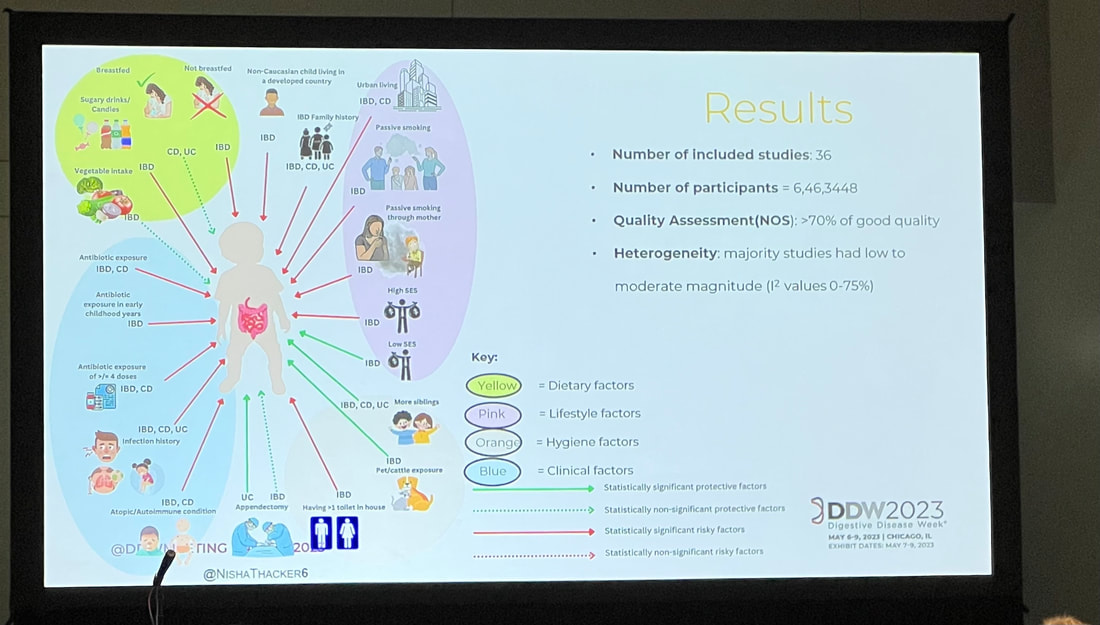
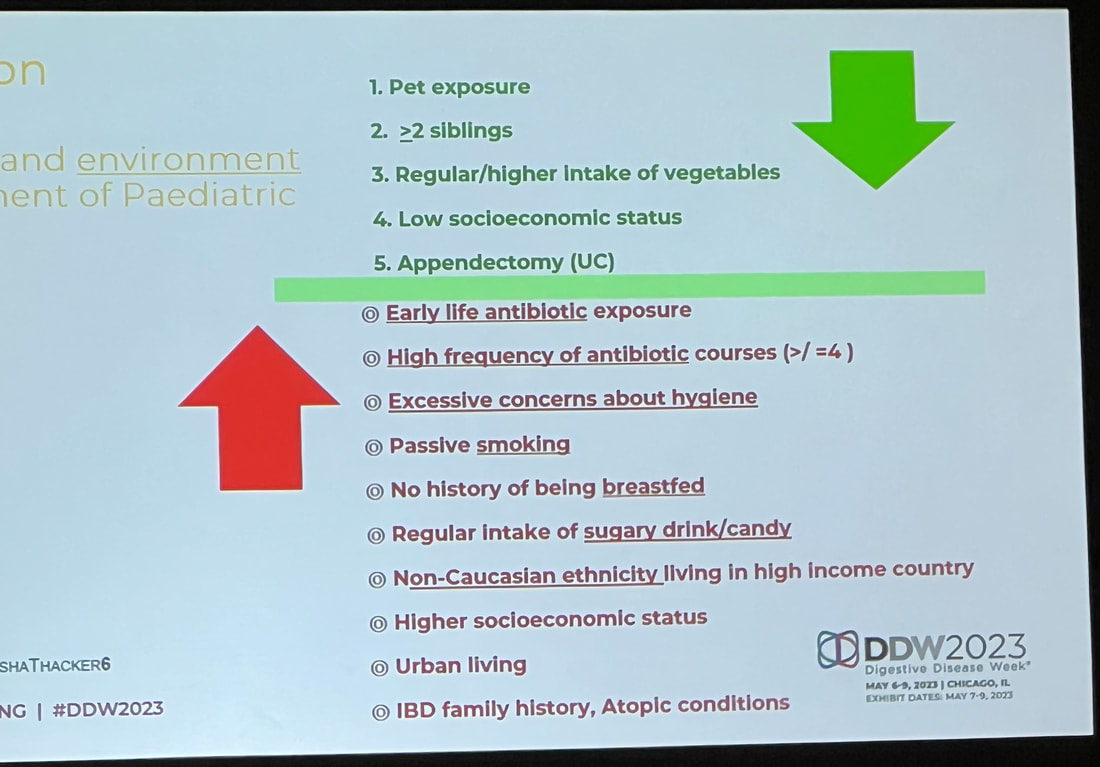
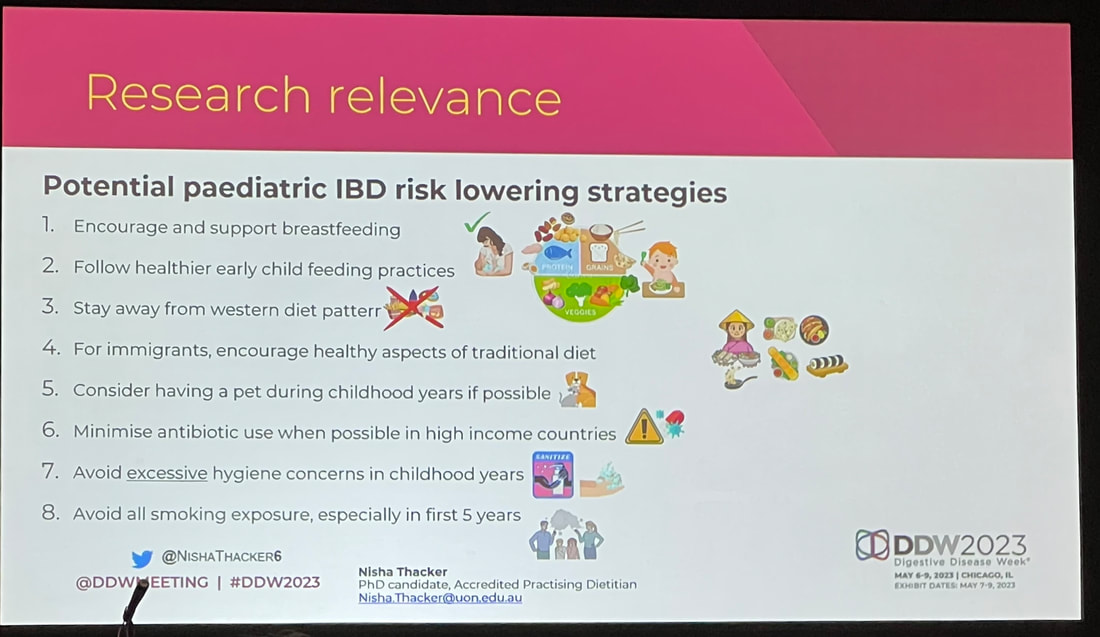
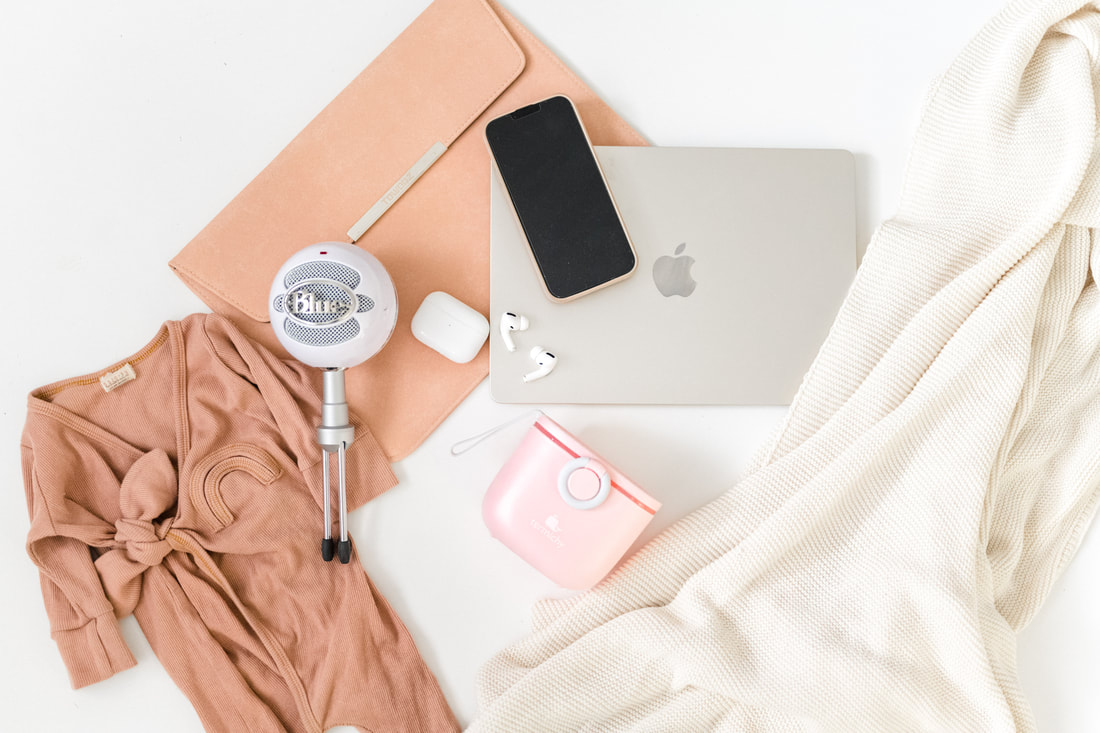
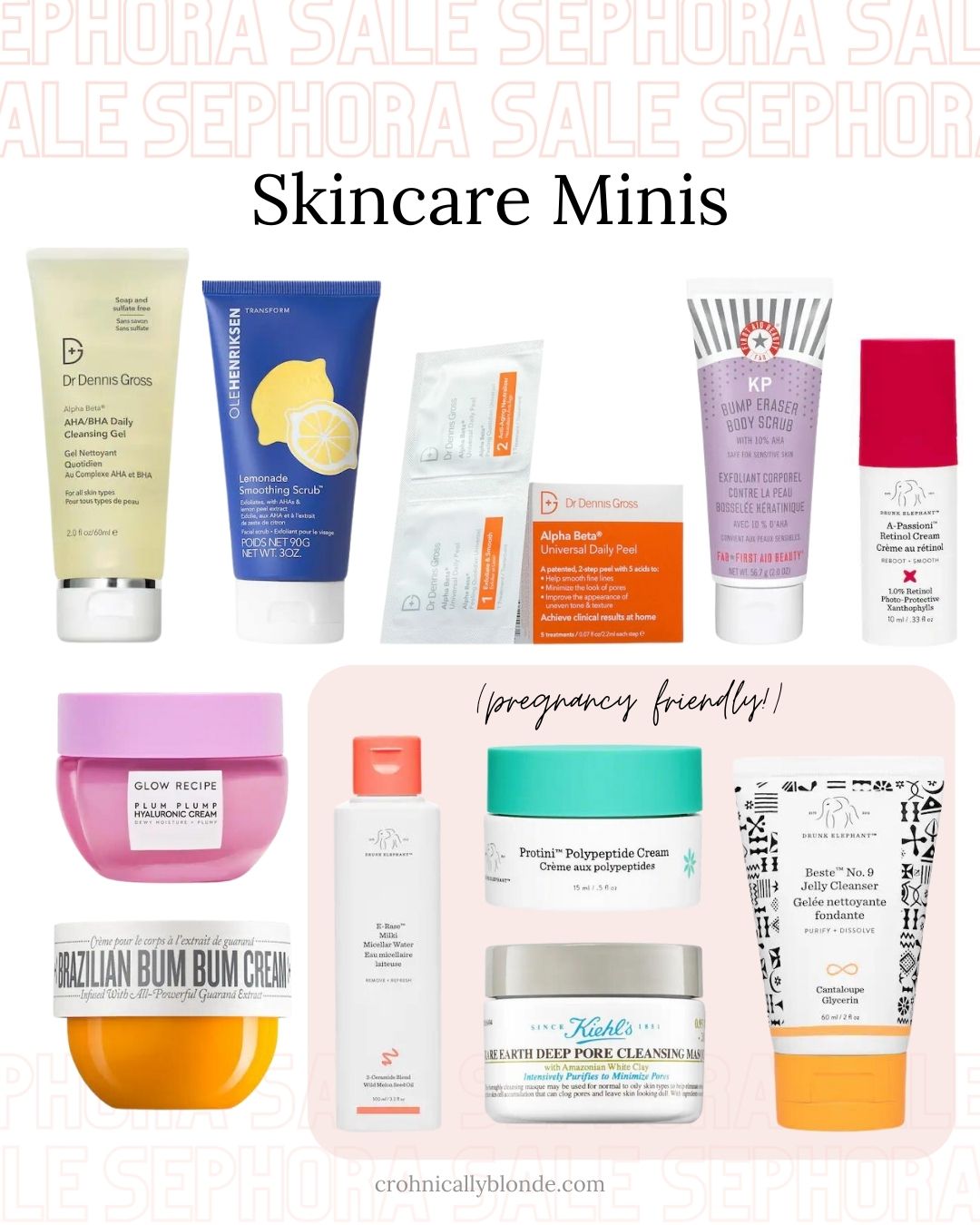
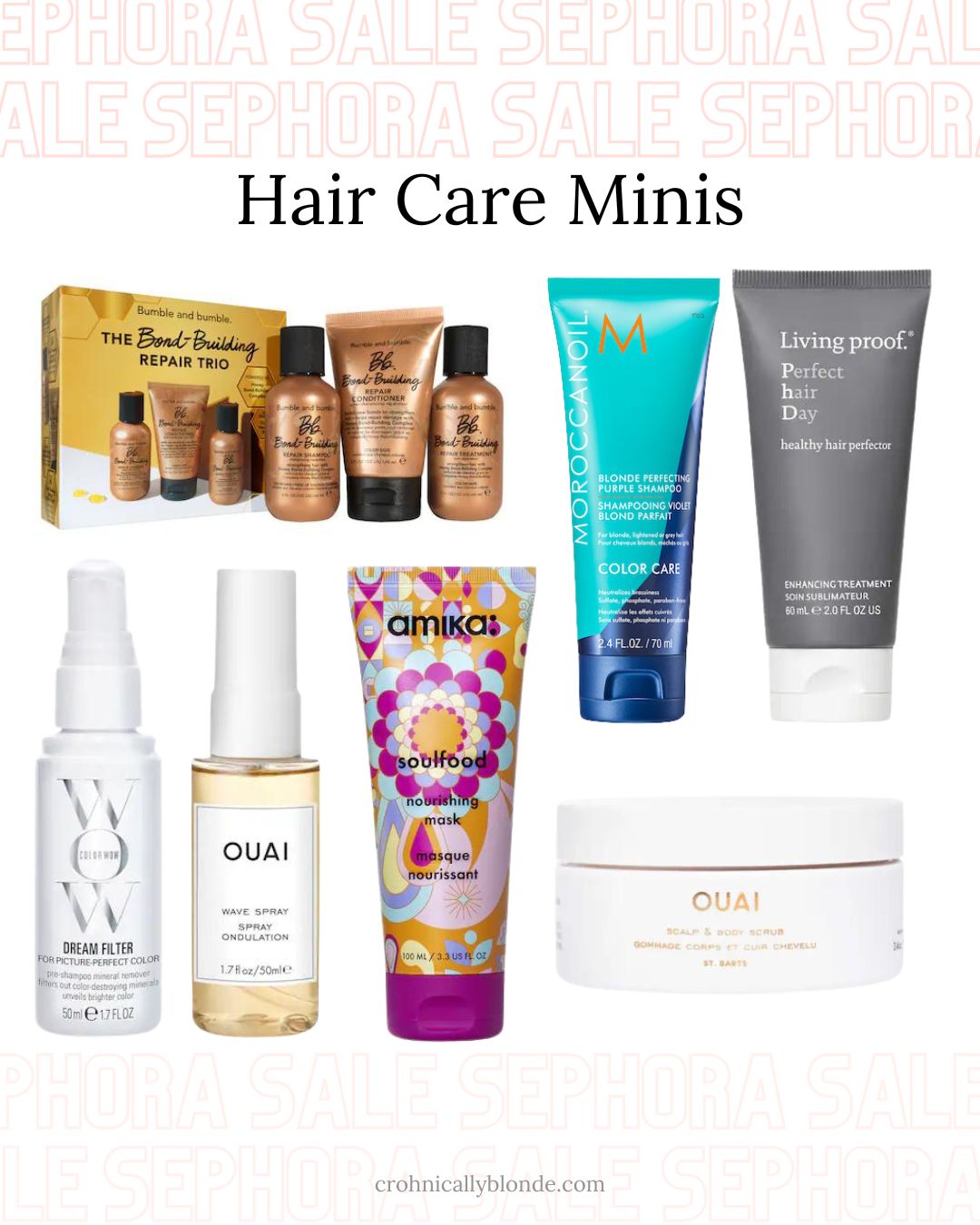

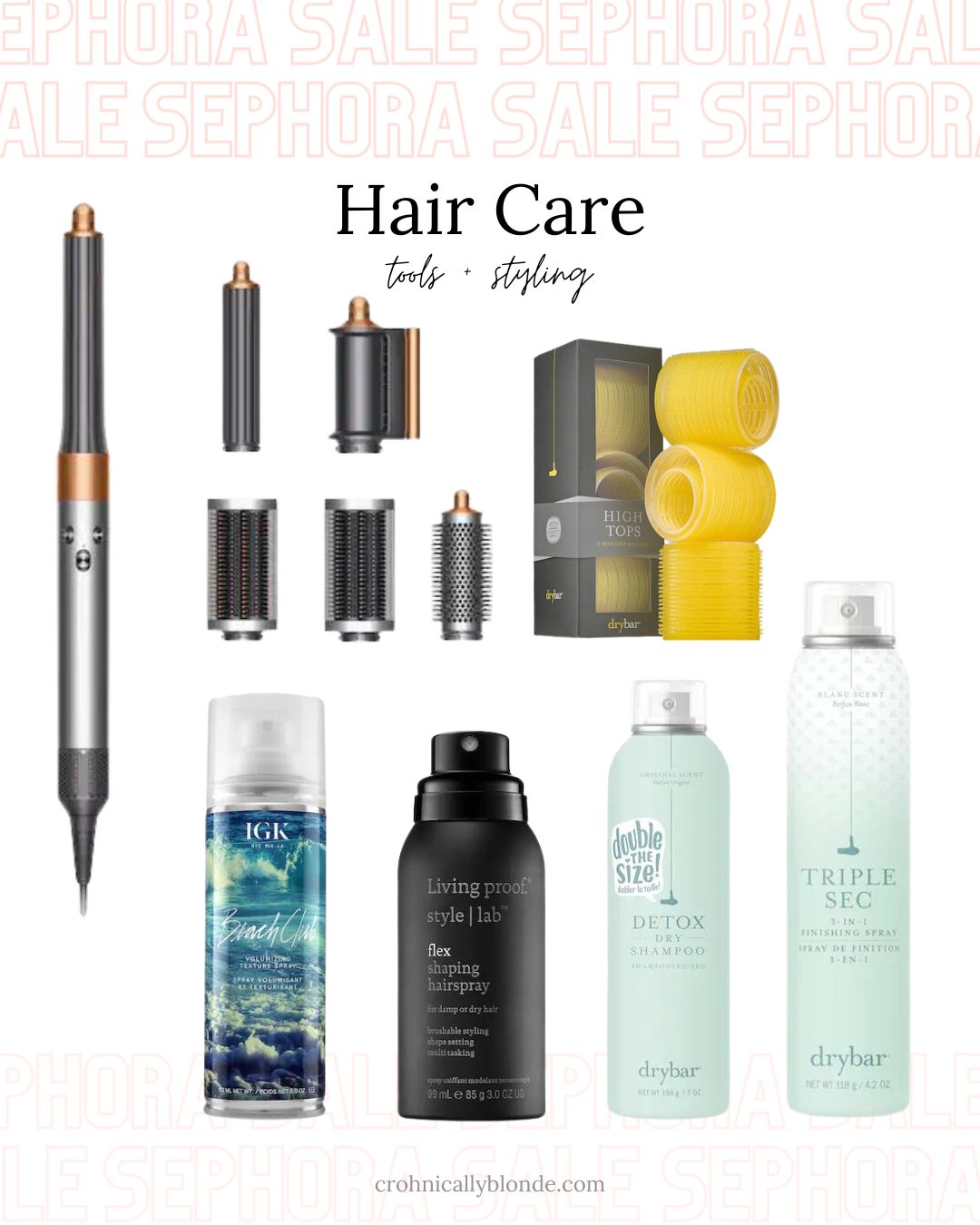
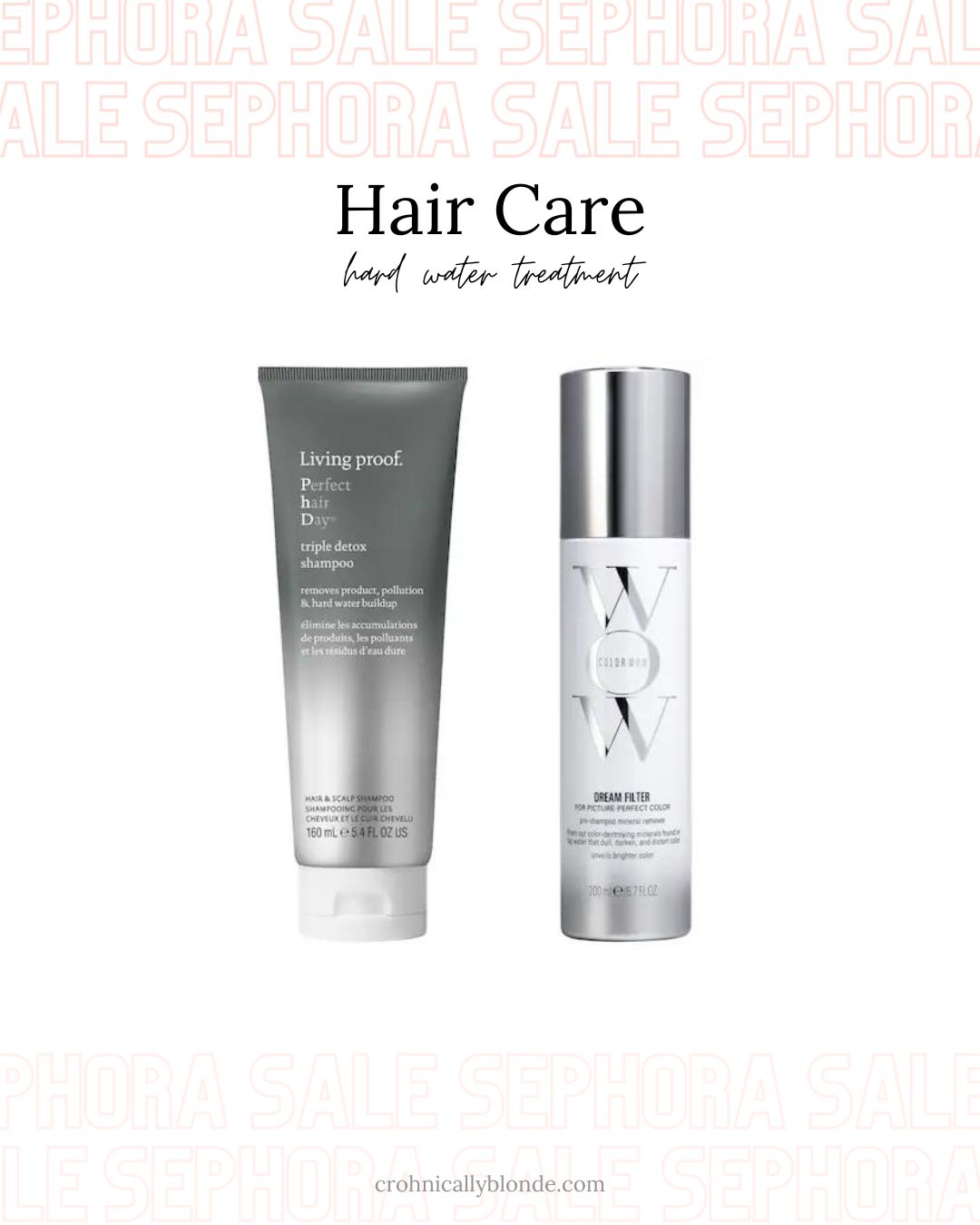
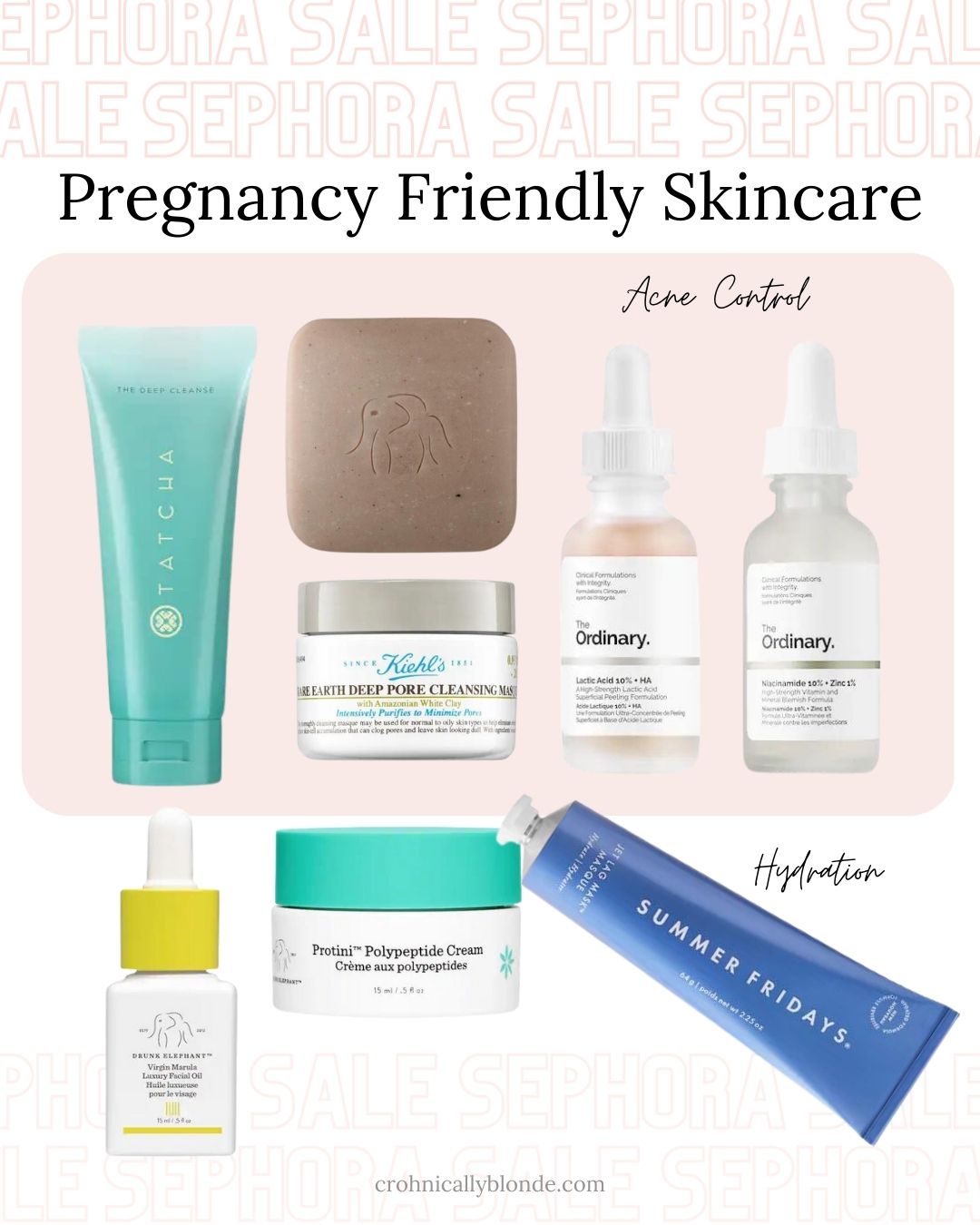
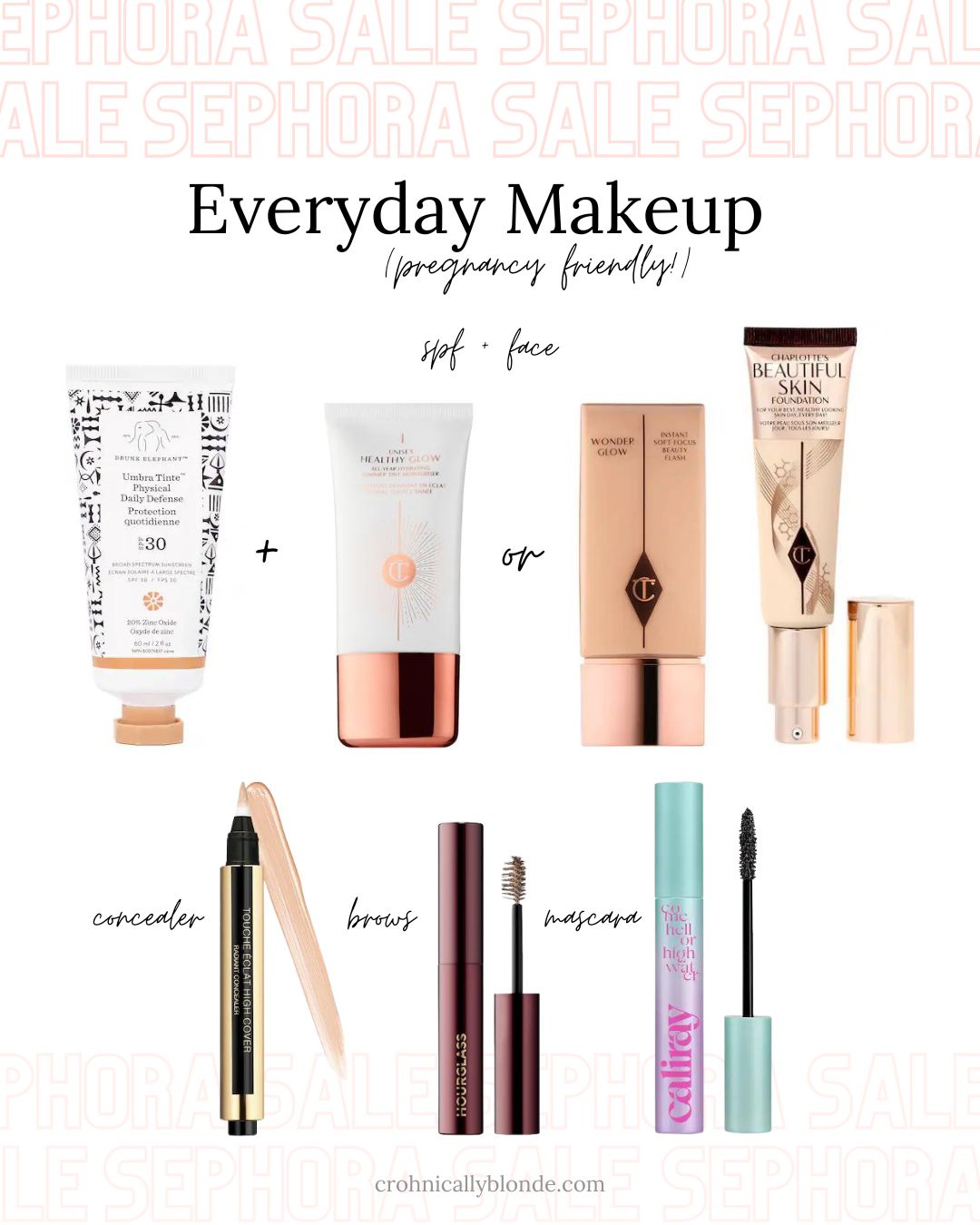
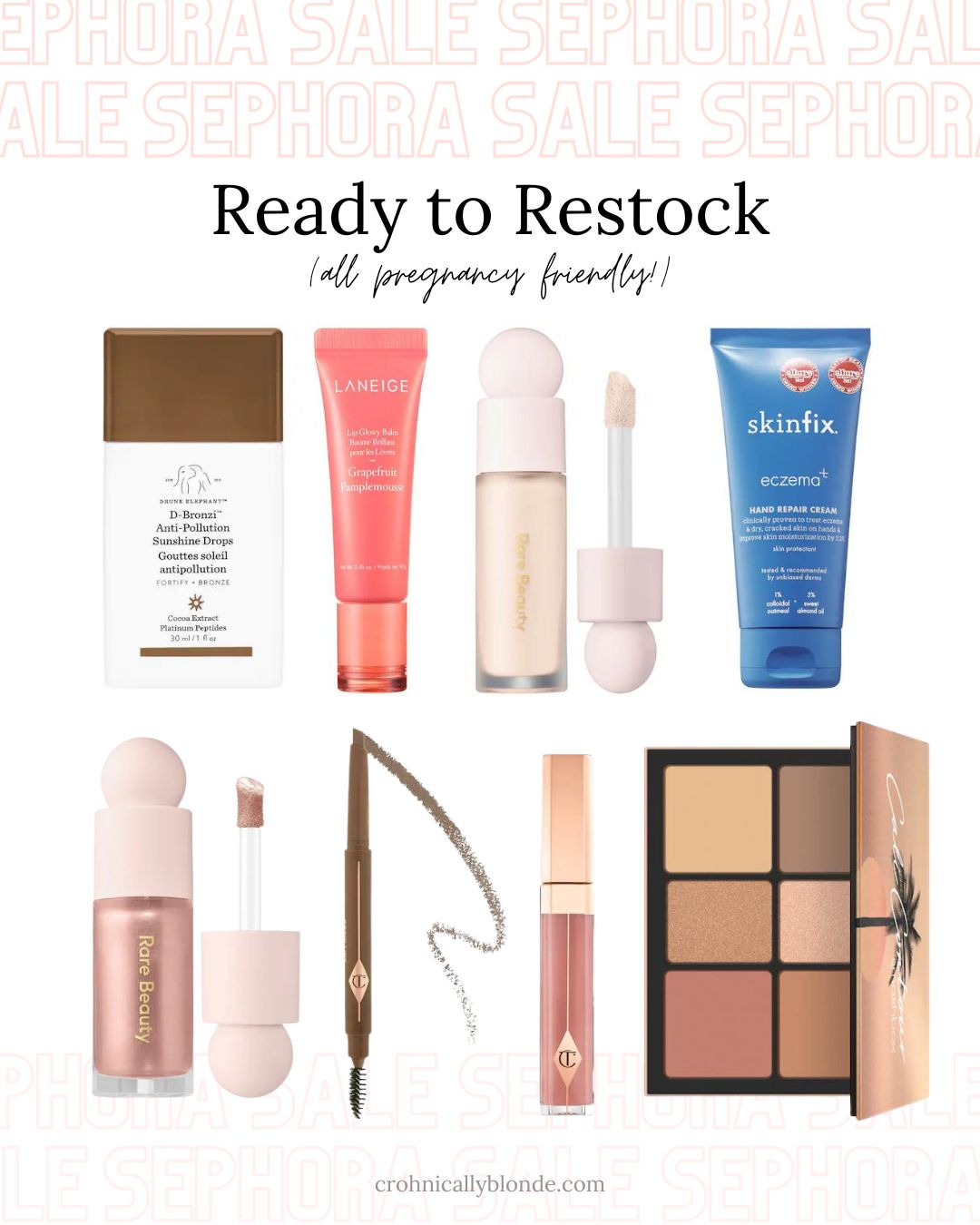
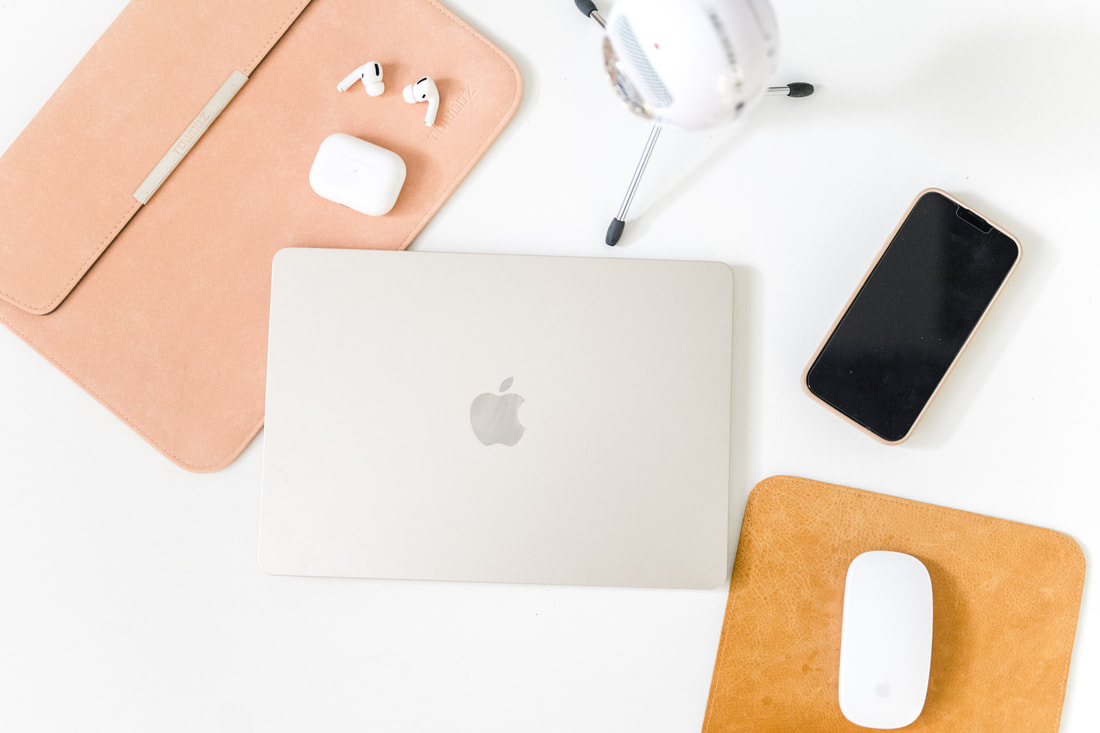
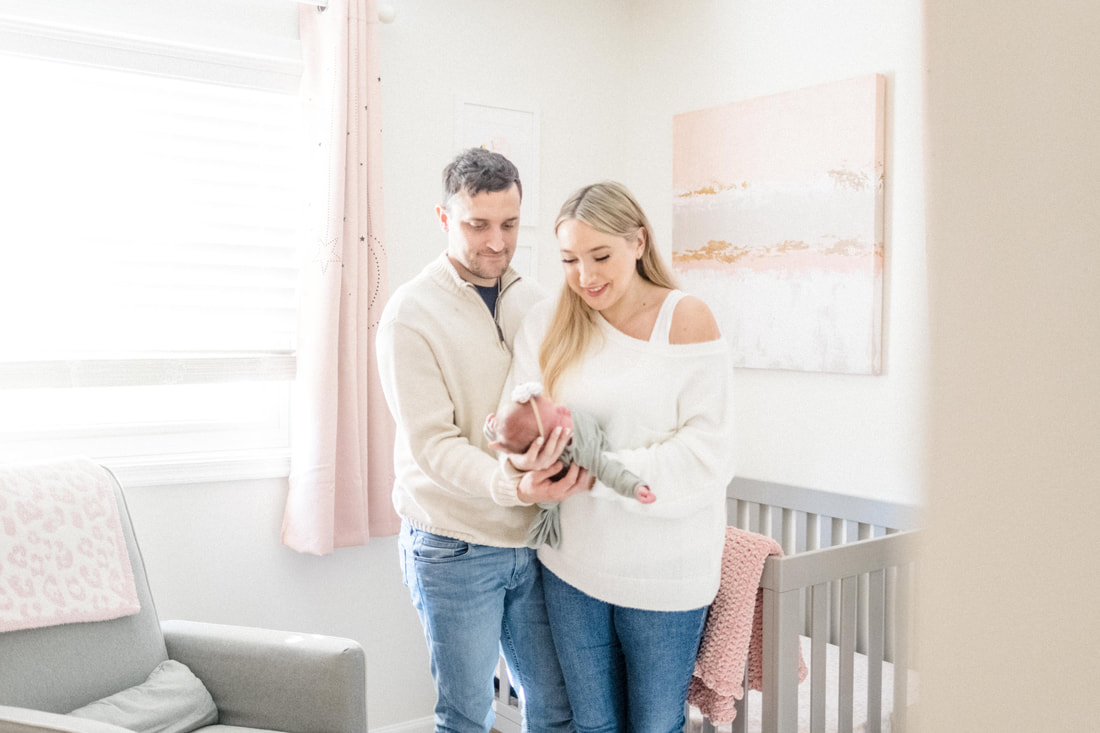
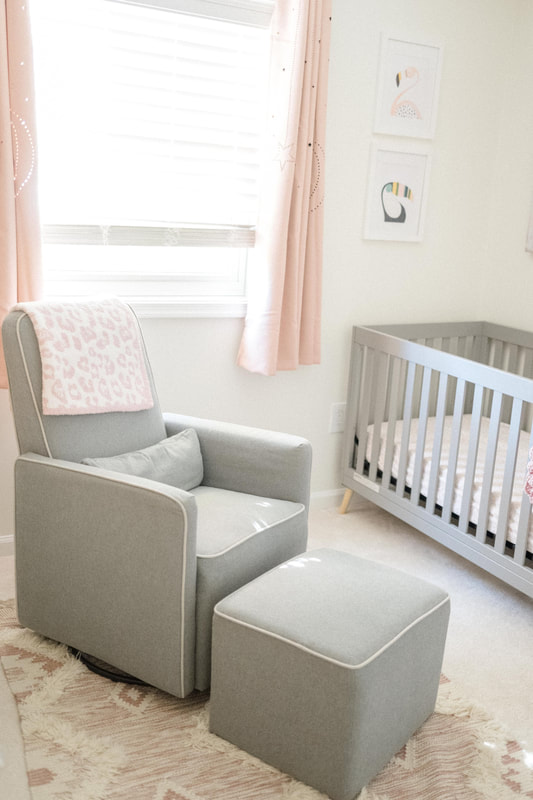
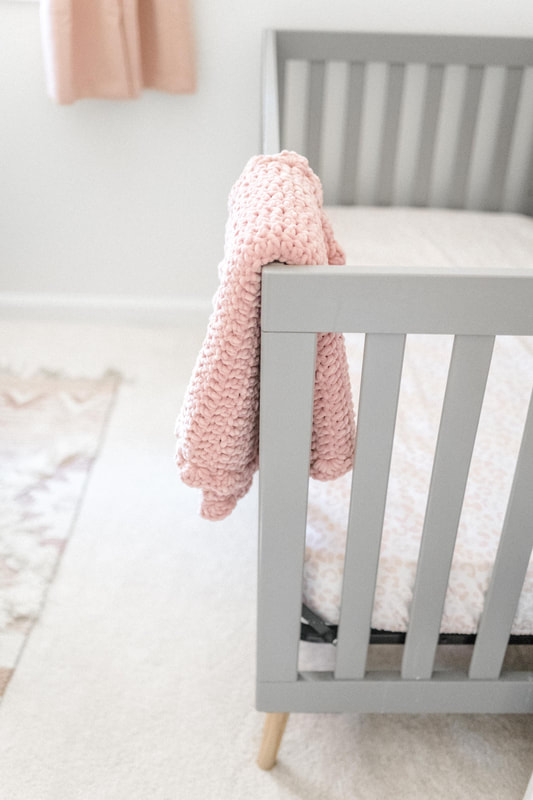
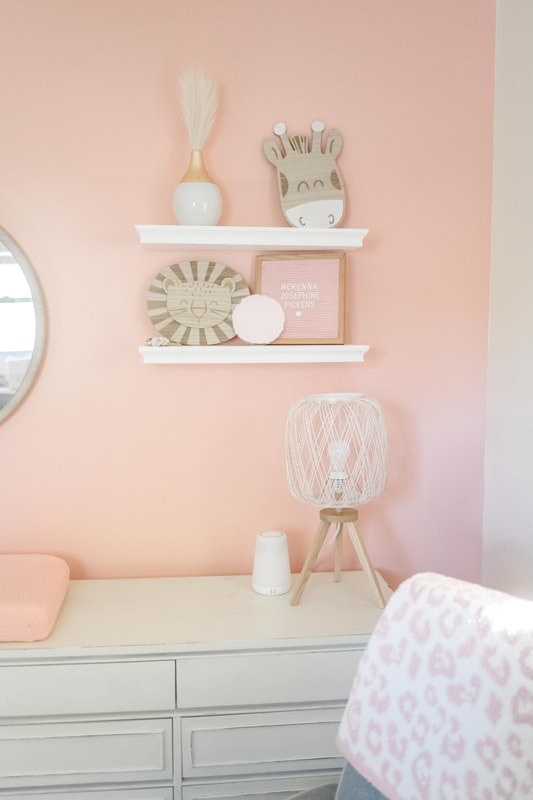
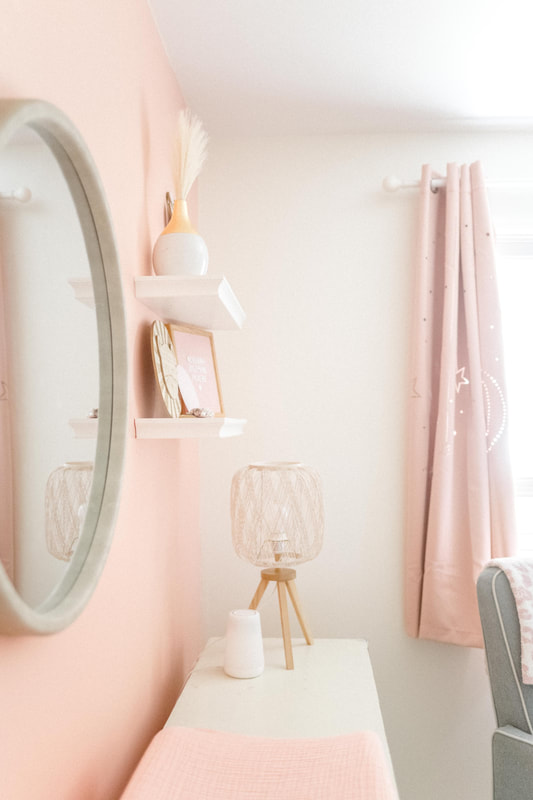
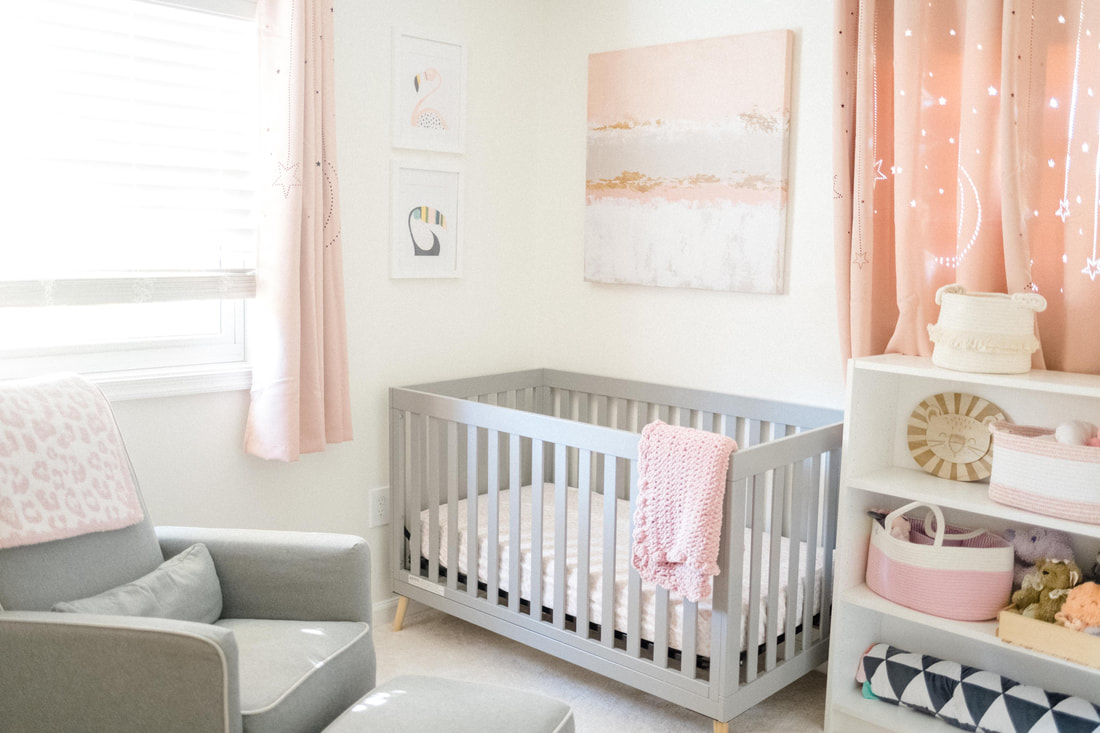
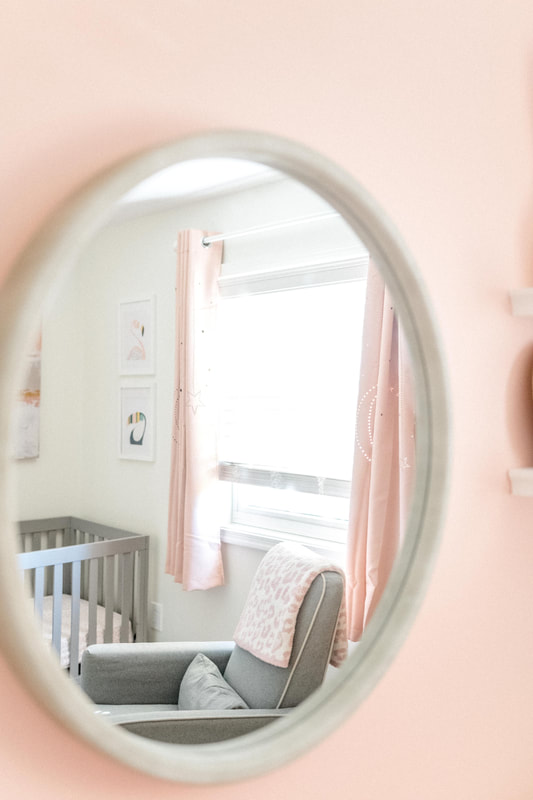
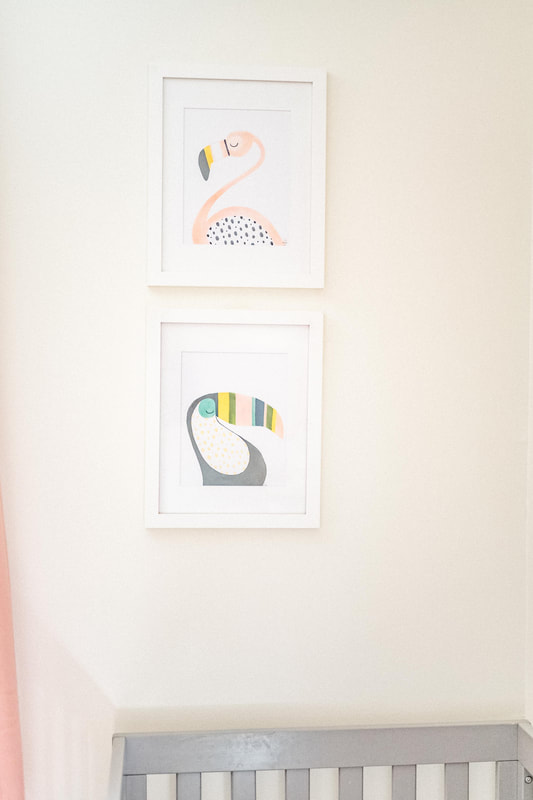
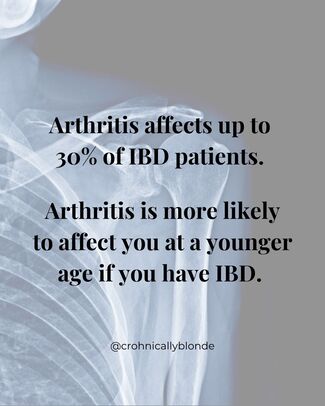
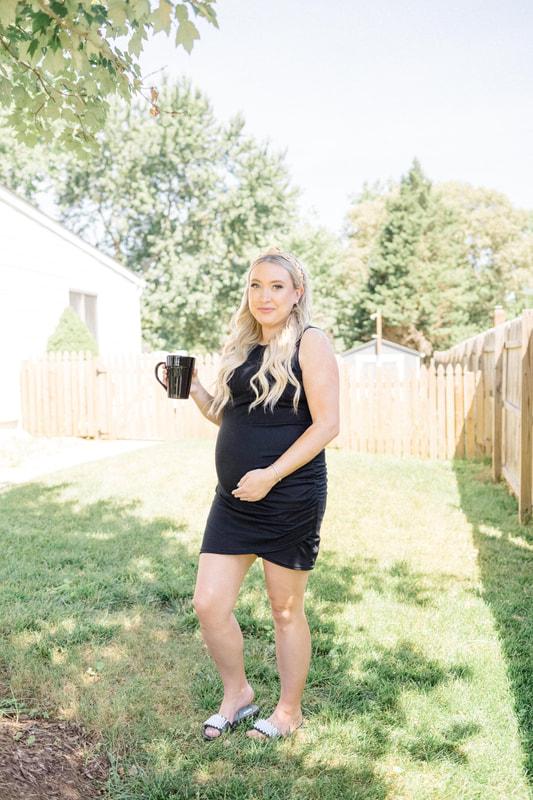


 RSS Feed
RSS Feed